ARCHITECTURE IN-PLAY
Architecture IN-PLAY
Michael Fox, Ruairi Glynn, Arturo Tedeschi, Paul Jackson

Figure 2. Buckminster Fuller’s ‘Jitterbug’ model
As we embrace a world in which the lines between the physical and the digital are increasingly blurred, we see a maturing vision for architecture that actively participates in our lives.

Figure 3, Video still of game interaction (left); game mechanism (right). ‘Capoeira Performing Device’ Freddie Hong Y2
In the few years since the original Interactive Architecture was published, a number of projects have been built at scales that both move beyond the scope of the architectural exhibit as test bed and push the boundaries of our thinking in terms of material performance, connectivity, and control.

Figure 2. Final full-scale personal pod, exterior and interior
Our architectural surroundings have become so inextricably tied to technological trends that the two ultimately and simultaneously respond to and define each other.
The promise of ubiquitous computing has secured a permanent foothold in our lives and has begun to infiltrate our devices and objects as well as our buildings and environments.

Figure 1. Magic Spheres. Utopian Pavilion which integrates all parameters.
Such is our physical world: not just digital but also seamlessly networked and connected, an architectural world that is a direct participant in our lives.
Bill Gates once predicted that by the end of the first decade of the twenty-first century there would be nothing untouched by the digital.

Figure 10. Detail of Joint 2. Tensioners tied in the knot and LED panels hanging from the structure. The cables are attached to the structure toward the apex.
By the end of the second decade, states interaction designer Behnaz Farahi Bouzanjani, this impact will arguably have become so pervasive that computation will not be noticeable anymore.
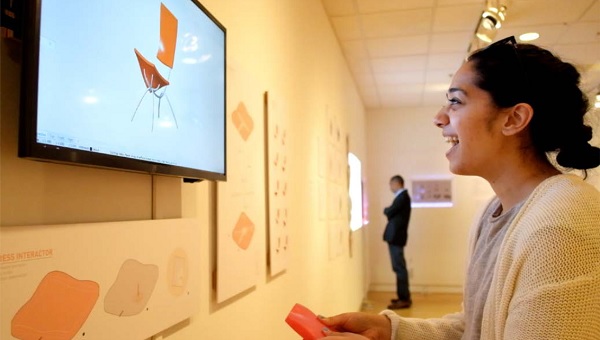
Figure 6. Interacting with the final press interactor prototype at the CMU School of Architecture thesis exhibition.
The subject of this book is how architectural design integrates and negotiates the digital; in our contemporary context, this is nothing short of reciprocal innovation.
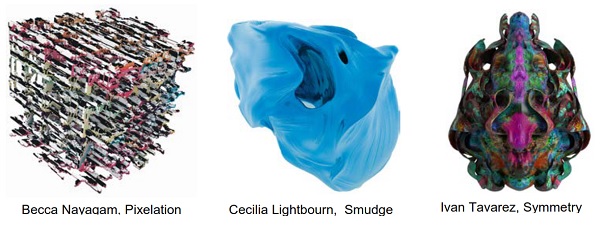
This book surveys the rapidly evolving landscape of projects and trends that are finally catching up with the past. As a matter of definition, interactive architectural environments are built upon the convergence of embedded computation and a physical counterpart that satisfies adaptation within the framework of interaction.
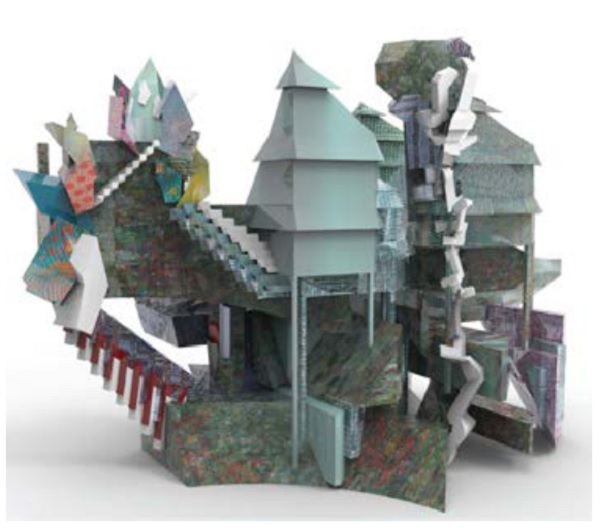
Lida Badafreh, Project Sketch for an Amusement Park
It encompasses both buildings and environments that have been designed to respond, adapt, change, and come to life.
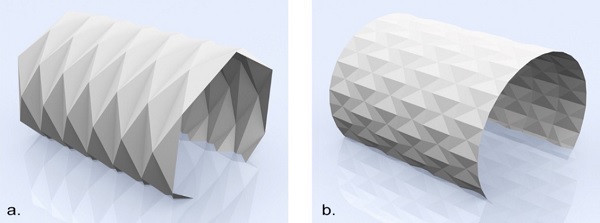
Figure.1: (a) Yoshimura Origami, (b) Waterbomb Origami.
Sensors available today can discern almost anything from complex gestures to CO2 emissions to hair color. An interconnected digital world means, in addition to having sensory perception, that data sets—ranging from Internet usage to traffic patterns and crowd behaviors— can be drivers of interactive buildings or environments.

Figure 3: (a) Yoshimura Origami (b) Waterbomb Origami base module and pattern.
Courses in robotic prototyping and interaction are commonly taught in today’s architecture programs, with contextual subjects ranging from urban social issues to practical sustainability.
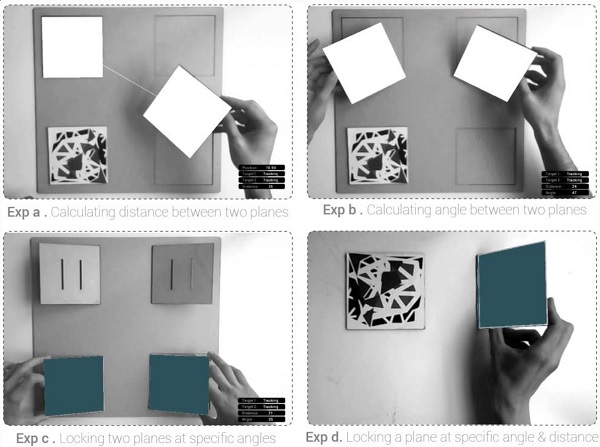
Figure 2.Tests conducted with overlaid digital information on physical objects
Perhaps equally as important as the rapid advance of such technologies is the fact that both robotics and interaction are technically and economically accessible.
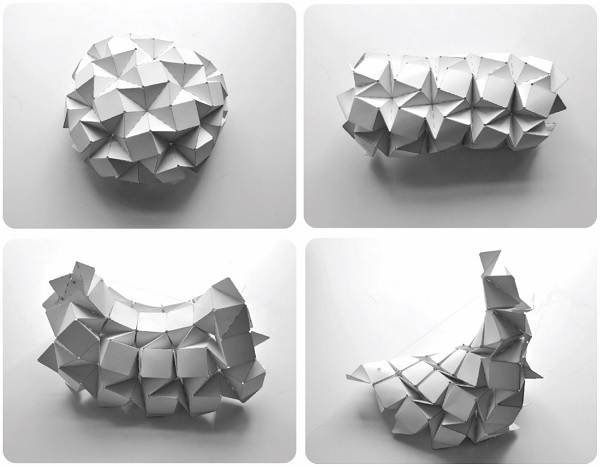
Figure 3.Physical geometric experiments to explore surface curvatures
The requisite technologies are simple enough to enable designers who are not experts in computer science to prototype their ideas in an affordable way and communicate their design intent.
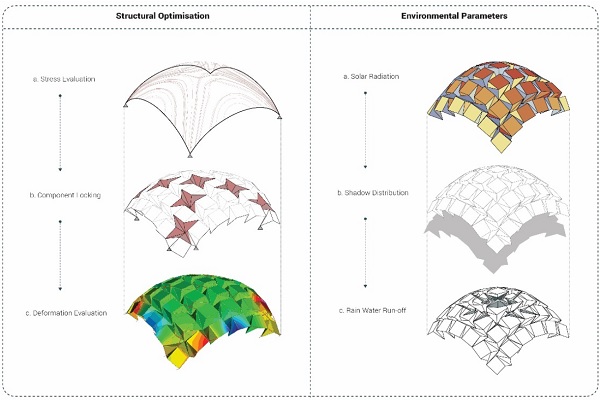
Figure 5.Structural and Environmental optimisation and process
Architects and designers are not expected, as on exhibit-scale projects, to execute their interactive designs alone; they are expected rather to possess enough foundational knowledge in the area to contribute.
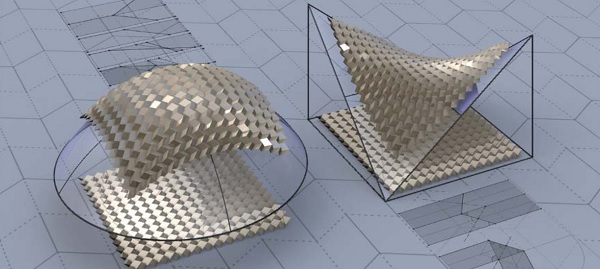
Figure 3. Miura surface pattern pulled to target surfaces
In the same way, while architects need to learn structural engineering in school and, until recently, have been required to pass a special section on structures for the professional licensing exam, it is rarely assumed that architects will do the structural calculations for the buildings they design; that work is carried out by professional structural engineers.

Figure 27. On the left, two thick modules realized with different parameters. On the right, the physical prototype
The field is fresh with original ideas, illuminated by the built prototypes and architectural projects illustrated in this book.

Figure 7. The physical prototype of the pin-joint mechanism.
Driven by the applications, these genuinely new developments and ideas will rapidly foster advanced thinking within the discipline; yet it is important to understand that their foundations have been around for quite some time, dating back nearly thirty years.




























Comments
Valentin
link not working
rezae
The link has been updated, thank you!